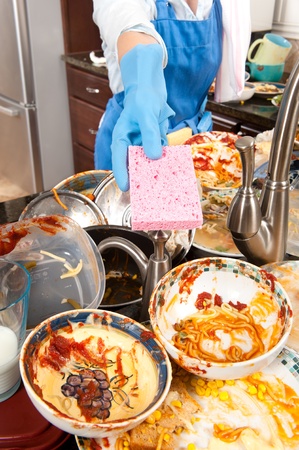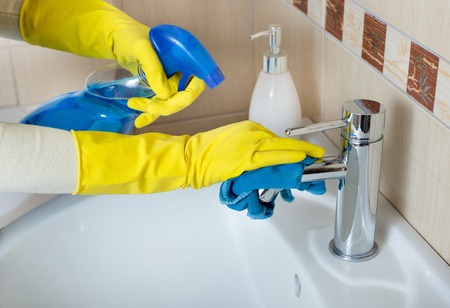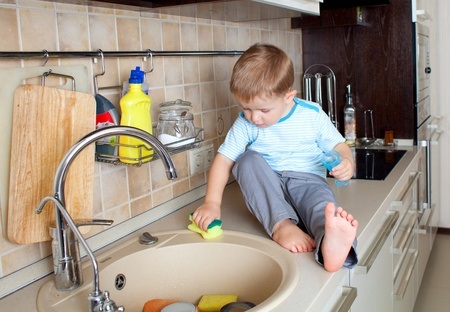When it comes to household cleaning, most homeowners can agree that eraser sponges are a staple. People swear by them since they can get almost anything out of any surface, there is very little that an eraser sponge cannot do! Although eraser sponges are easy enough to obtain, people are always looking for homemade solutions, especially since DIY crafts are trending.
However some things, like an eraser sponge, cannot be replicated.
Regardless, people still try and you may see DIY eraser sponge tutorials on Pinterest or Youtube. The tutorials claim that eraser sponges will get stains out of walls, floors and surfaces which sounds great, however the DIY substance that you make based off of a strangers advice is likely to make an even bigger mess!
The material used in DIY is referred to as Melamine Foam. This foam is an efficient tool for removing stains and it’s easy enough to get the material, but executing the creation of a quality eraser sponge is much more difficult than a DIY project.
Trying to DIY with this project just isn’t worth the possible outcomes.
Instead of attempting to make your own eraser sponge, make it easier on yourself and order from Spongeoutlet! We are the leading online distributor of bulk melamine eraser sponges, microfiber towels, dusters, mops and other essential cleaning supplies. Contact us today by calling 877-776-6430 or browse our products online.






